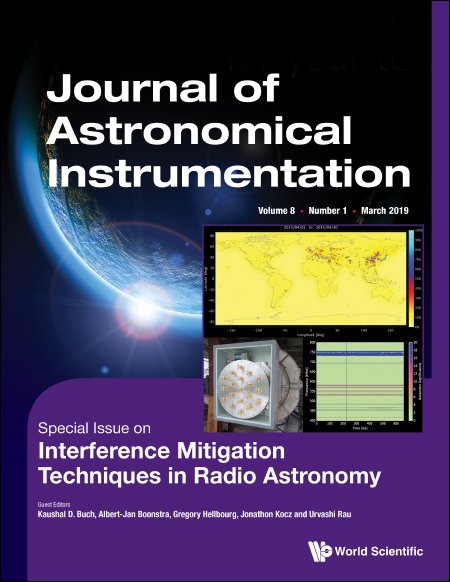Abstract
Modern radio astronomical facilities are able to detect extremely weak electromagnetic signals not only from the universe but also from man-made radio frequency interference of various origins. These range from wanted signals to unwanted out-of-band emission of radio services and applications to electromagnetic interference produced by all kinds of electronic and electric devices. Energy harvesting wind turbines are not only equipped with electric power conversion hardware but also copious amounts of electronics to control and monitor the turbines. A wind turbine in the vicinity of a radio telescope could therefore lead to harmful interference, corrupting the measured astronomical data. Many observatories seek to coordinate placement of new wind farms with wind turbine manufacturers and operators, as well as with the local planning authorities, to avoid such a situation. In our study, we provide examples as well as guidelines for the determination of the separation distances between wind turbines and radio observatories, to enable a benign co-existence for both.
The proposed calculations entail three basic steps. At first, the anticipated maximum emitted power level based on the European EN 550011 (CISPR, 2015) standard, which applies to industrial devices, is determined. Then secondly, the propagation loss along the path to the radio receiver is computed via a model provided by the international telecommunication union. Finally, the received power is compared to the permitted power limit that pertains in the protected radio astronomical observing band under consideration. This procedure may be carried out for each location around a telescope site, in order to obtain a map of potentially problematic wind turbine positions.


